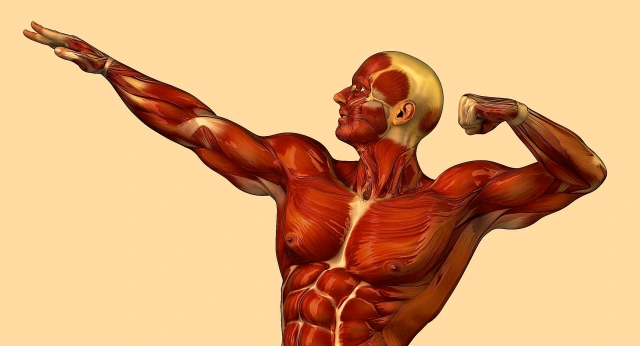|
In the demanding world of stunt performance and high-performance athletics, the ability to generate and utilize explosive power is a critical asset. Whether it's executing gravity-defying stunts on set or delivering game-changing athletic performances that differentiate you from others, the best individuals rely on their neuromuscular power to push the boundaries of human performance. This article delves into the intricacies of neuromuscular power, exploring its importance for stunt performers and athletes who need to harness sudden or explosive power. We will discuss various training methods and strategies, such as plyometrics, Olympic weightlifting, high-velocity resistance training, and ballistic training, that can significantly enhance neuromuscular power. Furthermore, we will examine the benefits of improving neuromuscular power, including increased agility, injury prevention, and overall performance enhancement. By understanding and implementing these techniques, stunt performers and athletes can unlock their full potential, elevating their performance to new heights. Neuromuscular power refers to the ability of the neuromuscular system to generate force rapidly. It is a critical component of athletic performance, especially in sports and activities that require quick, explosive movements, such as jumping, sprinting, or weightlifting. Increasing neuromuscular power can improve an athlete's performance, agility, and overall physical capabilities.
The Importance of 'ATP' in Explosive NeuroMuscular Power Adenosine triphosphate (ATP) is the primary energy source for muscle contraction and plays a central role in generating explosive power. During short-duration, high-intensity activities, the ATP-PCr (phosphocreatine) energy system is the primary contributor to rapid energy production. Increasing ATP availability can lead to improvements in strength and endurance, especially during high-intensity activities or when bursts of energy are required (Bogdanis et al., 1996; Buford et al., 2007). To optimize ATP availability, athletes can focus on proper nutrition, including carbohydrates, proteins, and healthy fats, as well as consider supplementation with creatine and beta-alanine. Developing Neuromuscular Power Athletes can increase neuromuscular power through various training methods and strategies:
So let's explore the role of 'ATP' in creating your explosive force, and also how you can actually increase the availability of your muscles primary energy source. Here's The ISA's Comprehensive Guide to ATP in Muscle Contraction, Dietary Sources, and Training Methods for Athletes: Adenosine triphosphate (ATP) is a vital molecule in cellular energy metabolism, playing a central role in muscle contraction, as well as numerous other biological processes. This guide will discuss ATP's purpose in muscle contraction, dietary sources, and methods for athletes to increase ATP availability. Additionally, we will explore training methods that focus on utilizing ATP, including short reps, long breaks, and lifting heavier weights. ATP and Muscle Contraction ATP is the primary energy source for muscle contraction, providing the energy necessary for actin and myosin filaments to slide past each other, resulting in shortening or lengthening of the muscle fibers (Rassier, 2017). The breakdown of ATP into adenosine diphosphate (ADP) and inorganic phosphate (Pi) releases energy that powers the myosin head's movement, enabling it to bind to actin and generate force (Huxley, 2004). Dietary Sources of ATP While the body can synthesize ATP from various nutrients, certain dietary sources can help support ATP production:
Athletes can improve their ATP availability through several methods:
ATP-Focused Training Methods An ATP-focused training method emphasizes short, high-intensity repetitions with longer rest periods to maximize the use of the ATP-PCr (phosphocreatine) energy system:
Are their proven benefits to this approach? ATP-focused training methods have demonstrated various benefits for athletes, including:
Conclusion: When considering Neuromuscular power, ATP plays a crucial role in muscle contraction, and understanding its function and dietary sources can help athletes optimize their training and performance. Utilizing ATP-focused training methods, such as short reps, long breaks, and lifting heavier weights, can lead to improvements in power output, anaerobic capacity, and muscle hypertrophy. Ensuring proper nutrition and considering supplementation, like creatine and beta-alanine, can further support ATP availability and enhance athletic performance. References:
Disclaimer: This guide is for informational purposes only and should not be considered professional advice. Always consult with a qualified healthcare professional or coach before making any changes to your diet, training program, or supplement regimen. Comments are closed.
|
AuthorThis blog os co-authored by The ISA Team Archives
June 2024
Categories
All
|


 RSS Feed
RSS Feed

3/23/2023